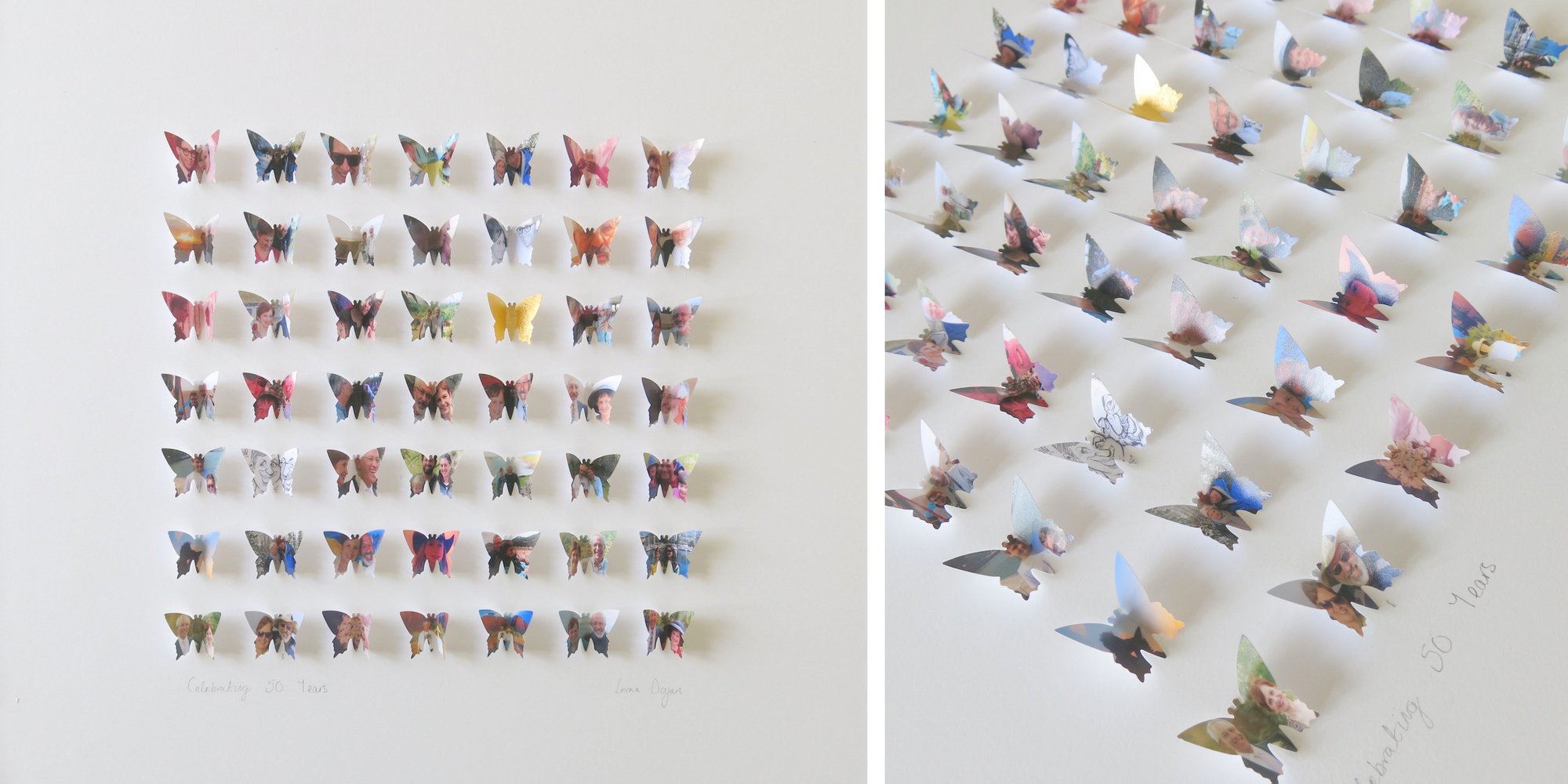Let’s take a hypothetical situation. You’re shopping online for a special new coffee table. You find one you like the look of, but there’s no description and only one picture. Do you buy it? Chances are, you start to worry whether it’s actually in stock, whether it is what it claims to be, or if the seller is even legitimate. Apprehensive, you swiftly move on to find something else you can have more faith in. Buying art online is no different. The norms of online shopping are so ingrained that without a description or secondary images potential customers will find it difficult to trust your listing. They’ll struggle to visualise your artwork beyond a jpeg image, and this can be very damaging to your brand and credibility.
Put yourself in the buyer’s position.
Unlike you they can’t see the artwork in person, so recreate that experience for them using the power of photography and the written word. Adding an accurate and detailed description and including multiple high quality images increases your chances of selling that work dramatically. Think about what information and details they’ll need to convince them your work isperfect for them.
Take ownership of your shop and increase your selling potential by perfecting your product listings!
5 steps to the perfect product description
- What is it? Don't assume that the buyer can figure it out. Things can appear vastly different from one computer screen to the next. Describe what the product is and what it depicts.
- Why did you create it? What inspired you? Why do you particularly love this piece? Why should the buyer care?
- What materials and techniques were used? How does it affect the finish? The texture? How does it look when the light hits it?
- How big is it? Will it fit over the buyers mantle piece, or is it better suited on their desk?
- How does it work? Are there any special unpacking, hanging or care instructions? How will it be packaged? What method of shipment will be used?
5 steps to perfect secondary images
- Quality, quality, quality - buyers won’t take you seriously if your product photographs are out of focus or low resolution. Read our tips to create professional quality, well-lit photography at home.
- Include environmental photographs - shots of the artwork in context, whether on a wall or within a room. These help customers understand its scale and visualise how the work will look in their own home. Get further compositional and technical tips here.
- Include zoom photographs - particularly if your work has a lot of detail and interesting texture that the customer can explore. A close up of the signature is also helpful. These help the customer understand the physicality and feel of the artwork. Get some inspiration from our new Pinterest board.
- Photograph your work being made - this helps to underline its value as a hand-crafted object. The more you can sell your own story the more the customer will fall in love with your craft and want to own a piece of it.
- Is it framed? Include a photograph of the artwork framed so that the customer knows what it looks like.


